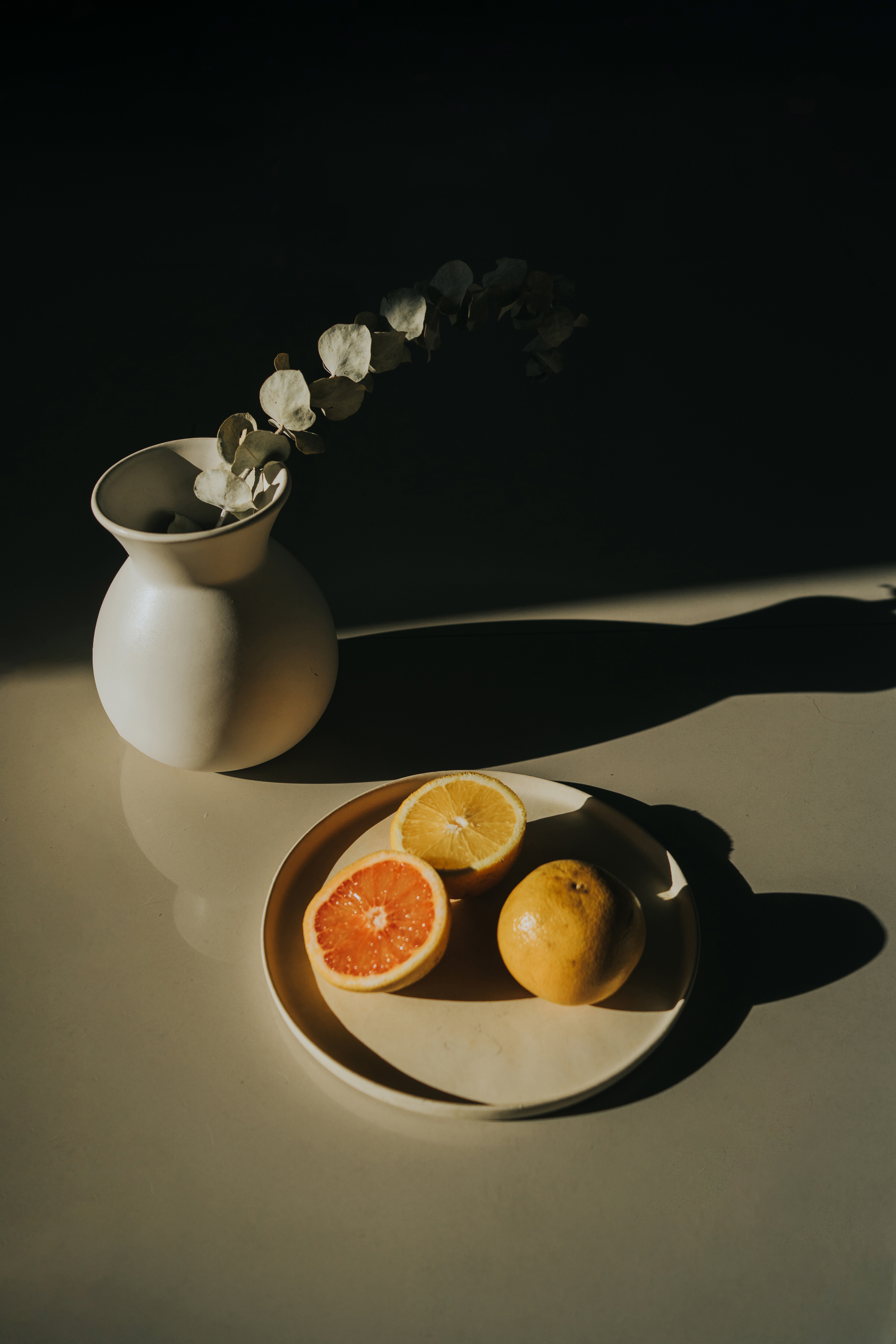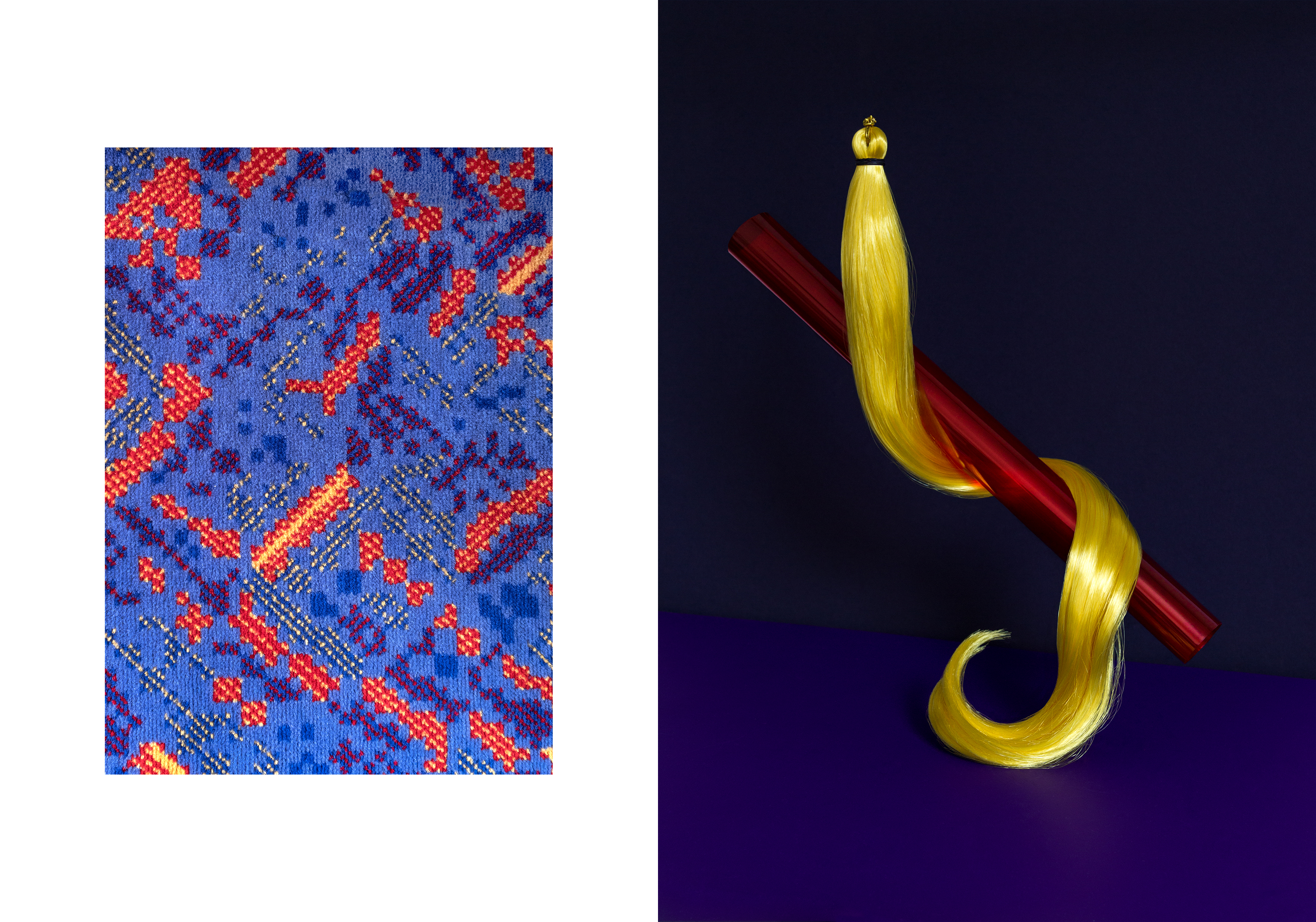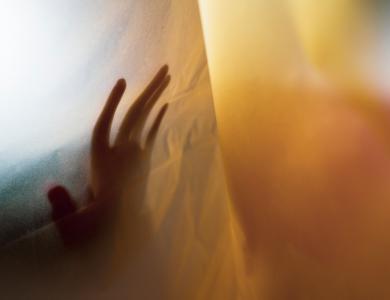
While strict lockdown rules might have eased in many countries, none of us will be traveling to far-flung destinations any time soon. If we've learned one lesson during this pandemic it's that we can produce great images at home. Keeping your photographic eye alert is key during this time, just like writing or playing a musical instrument, you've got to keep practicing that skill. Now that we're encouraged to go out and about a little more frequently, the team at the World Photography Organisation has got together a few ideas you might want to try when you're next stepping out of your front door.
EXPLORE
Now is the perfect time to walk down that street you've never had the need to go down before. Head out at dawn and then the next day dusk, not only will you notice how the mood and atmosphere of that street changes, you should hopefully miss the crowds too. Pick one element on that street that you're drawn to – the trees, the front doors, the way the light falls on the pavement – and purely focus on photographing that subject. If you find a quiet mews why not return when the sun is low in the sky, just before sunset, when long shadows are cast. Shoot into the light and turn the street trees into silhouettes.
BRICKS AND MORTAR
Do you live in an urban environment? While many of us city dwellers are craving countryside fresh air, try and take advantage of what's on your doorstep: the incredible number of buildings around us. Be it Edwardian homes, 1960s building blocks, or modern architecture, pick out one element, such pattern, texture, reflections or shadows, to photograph. To really show off details, use a telephoto zoom lens. Smartphone cameras flatten your subject, which could lead to graphic, abstract compositions. You might want to take a wider view to comment on the times we're living in. Perhaps you could stand in the middle of the empty street and capture the quiet quality of our new normal.
NEW GROUND
A great way to transform everyday scenes is to use a different camera technique. Long exposure could be interesting to explore - especially if you set up your camera from your front window. Intentional camera movement always lends itself to scenes in nature - so why not give it a go when during your next walk in the park? Macro photography is an obvious technique to try at home. After the next rainfall, photograph the water droplets on your washing line, on your balcony's railings or even your windowpane. See how distilled you can take the composition.

GET CREATIVE
Pick up some flowers when you're doing your next weekly food shop and pick off the petals. Refill your ice cube trays placing the picked petals in each ice cube compartment. Put back in the freezer and then photograph the ice the next day. If you want to be more ambitious, try using unused tupperware. Another idea is Sunography. There are some amazing sunprint paper producers out there, so while we're social distancing when the weather is good, try your hand at one of the oldest photographic techniques. Nice big 120 or 5x4 negatives work well on sun prints. Pressed flowers are effective too. The flatter the object you place on the Sunography paper the better.
YOUR OWN FOUR WALLS
If the weather isn't great or you're not feeling up to going outside, it can be easy to overlook all the great potential subject matter in and around your own home. Be it black & white or colour, flowers are great in front of the camera - and they're pretty patient subjects too! Fresh, wilted or almost dried to a crisp, blooms are full of expression. Consider the vase you place them in (the simpler the better) and start with a plain background. Side ambient light is always a winner. Try backlit too for something a little more dramatic.
ARTFUL ARRANGEMENT
If your home is a bit cluttered and you have no big windows to hand, why not seek out some smaller objects - buttons, shells or even cutlery and find a plain sheet of material (a bedsheet would do) to create your own background. Use a lamp to angle the light and really look focus on composition, light, and shadow. Have a rummage around the back of your cupboard or up in the attic, old photographs, wooden spoons or antique toys can be fun to create into a still life scene. Try different perspectives: aerial shots on a collection of old coins, or a side view on some vintage glass bottles will open up interesting imagery.



